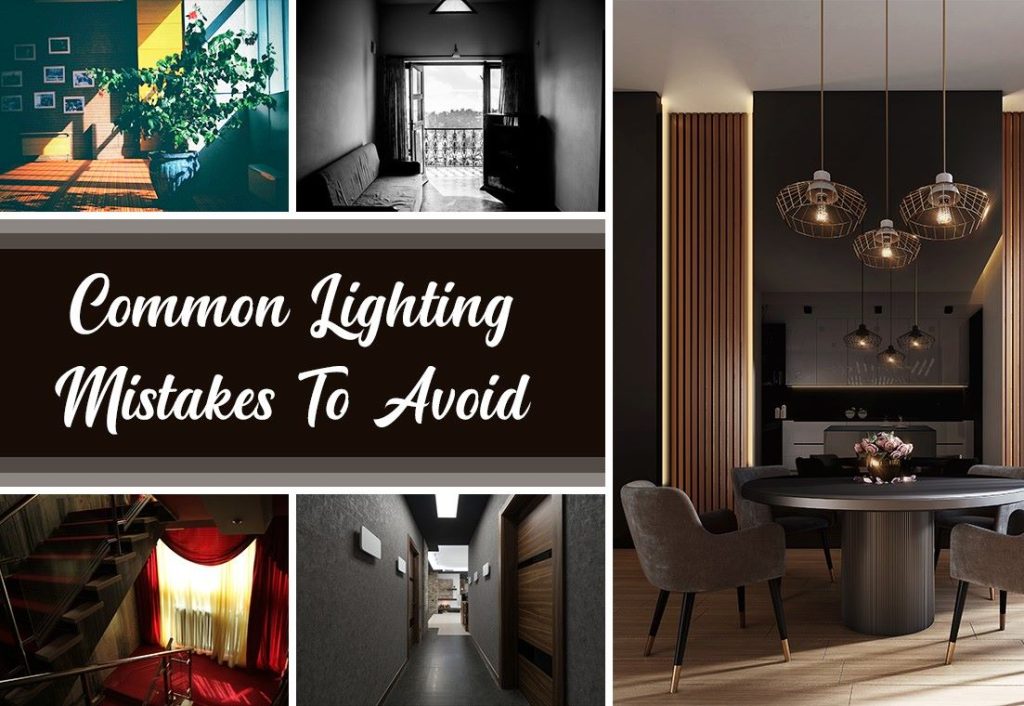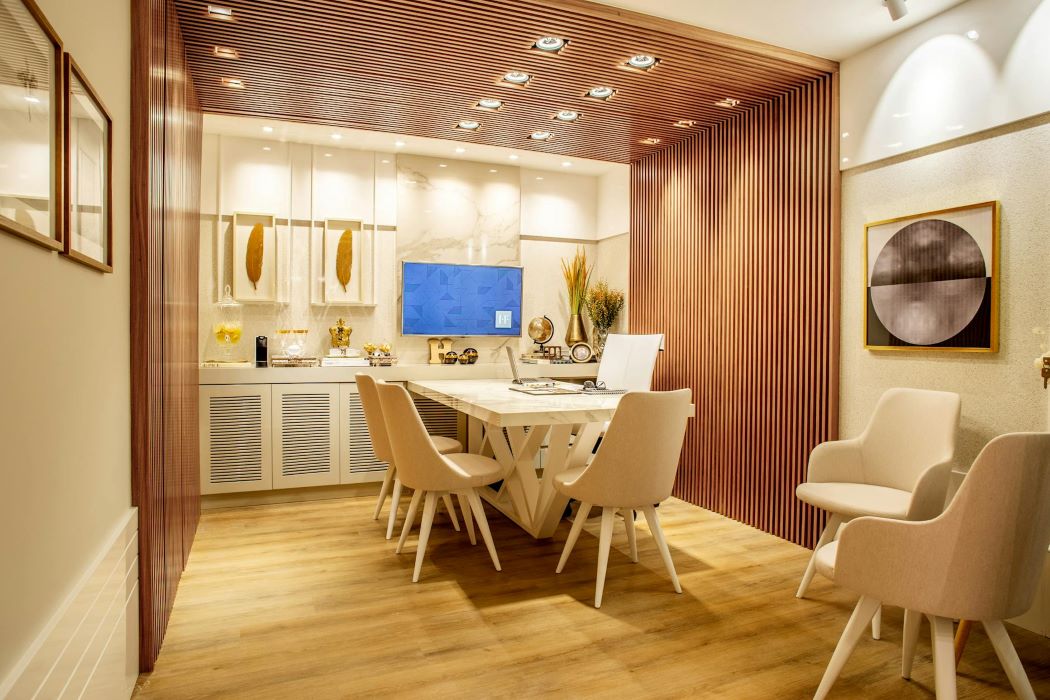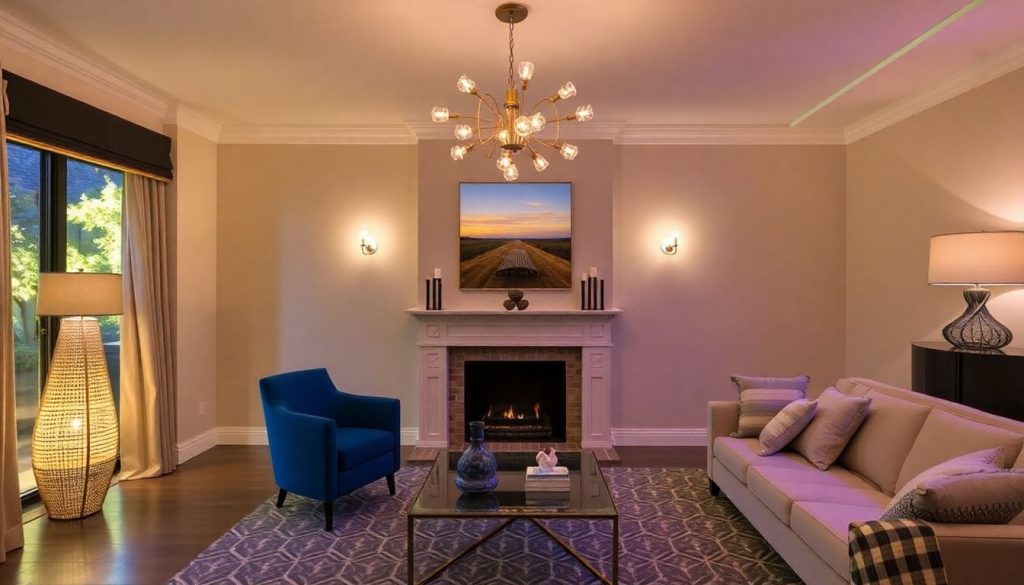Lighting is crucial in setting the perfect ambiance in modern hotels, yet lighting mistakes can easily undermine this experience. Poor lighting not only affects the guest’s mood, but it can also damage the reputation of your brand. At EscoLights, we understand how important it is to get every detail right, which is why we’re here to help you avoid the most common hotel lighting mistakes.
In this article, we’ll highlight the critical lighting errors many hotel designers and managers make and explain how to prevent them. Stay tuned, as we explore how the right lighting choices, especially hotel lighting colors, can transform your guests’ experience and ensure their satisfaction.
5 Common Lighting Mistakes
In modern hotels, lighting plays a pivotal role in creating a welcoming atmosphere. However, many hotel designers and managers unknowingly make lighting mistakes that can negatively impact guest experience and the overall brand image.
1- Overlooking Layered Lighting Design
One of the most common hotel layered lighting mistakes is relying solely on a single light source, such as harsh overhead lighting. This approach fails to create a balanced, dynamic atmosphere, often leaving spaces feeling flat and uninviting. To achieve a more welcoming ambiance, it’s essential to combine ambient, task, and accent lighting. By incorporating multiple light sources, you can enhance both functionality and mood.
For instance, in a luxury lobby, combining a statement chandelier with wall sconces and table lamps creates a sophisticated, multi-dimensional environment.
Additionally, using dimmers allows for adjustable lighting, ensuring your hotel can effortlessly transition from bright, energetic lighting to a relaxed, cozy mood in the evening. This approach helps create the ideal ambiance, catering to different guest needs throughout the day.
2- Ignoring Color Temperature
One major mistake in hotel lighting is ignoring color temperature. Mixing clashing warm and cool LEDs, such as using 3000K lights alongside 6000K lights, can create an uncomfortable, disjointed atmosphere.
To achieve a harmonious and inviting space, it’s crucial to carefully select the right color temperature for each area. For bedrooms, stick to a warmer range of 2700K-3000K to promote relaxation and comfort. In contrast, 4000K lighting is ideal for bathrooms as it provides clarity without being too harsh.
An example of this would be a spa-like bathroom with consistent, flattering light that creates a soothing and rejuvenating experience for guests. By choosing the right color temperatures, you can significantly enhance your hotel’s appeal and guest satisfaction.
3- Poor Placement of Task Lighting
A common mistake in hotel lighting is the poor placement of task lighting, which can lead to uncomfortable shadows or inadequate illumination. For example, desk or mirror lights that are positioned incorrectly can cast harsh shadows on guests’ faces, creating an unpleasant experience. To solve this, install vertical vanity lights beside mirrors to ensure even, flattering light on guests’ faces.
For workspaces, provide adjustable bedside reading lamps that offer focused, glare-free illumination, allowing guests to read or work comfortably. An example would be a well-lit work desk that delivers optimal lighting without any distractions or discomfort, enhancing the overall guest experience. Proper task lighting placement ensures functionality while maintaining a relaxing and practical atmosphere.
4- Neglecting Energy Efficiency
Neglecting energy efficiency is a significant issue in hotel lighting, leading to energy-wasting hotel lighting that can increase operational costs. Using outdated halogen or incandescent bulbs consumes more power and results in higher electricity bills.
The solution lies in switching to motion-sensor LEDs in corridors and installing automated lighting systems in unoccupied areas, which help reduce unnecessary energy consumption. For example, smart hotels that implement these systems can save up to 50% on their energy bills, all while maintaining excellent lighting quality. Not only does this promote sustainability, but it also demonstrates your commitment to environmentally conscious practices, which is increasingly important to guests today
5- Forgetting the Exterior & First Impressions
Forgetting the importance of exterior lighting can hurt first impressions, especially if entrances are too dark or pathways are overly bright. Guests’ initial experience begins as soon as they approach your hotel, and poorly lit exteriors can create a negative impact.
To solve this, highlight architectural features with uplighting, creating an elegant and welcoming atmosphere that draws guests in. Additionally, warm pathway lights guide guests to the entrance without being harsh or blinding. For example, resorts with carefully designed, well-lit entrances often become Instagrammable spots, enhancing both the guest experience and the hotel’s online presence. Thoughtful exterior lighting helps establish a welcoming tone and sets the stage for a memorable stay.
Bonus Tip: Test Lighting Before Final Installation
Before finalizing your hotel’s lighting design, it’s crucial to test lighting before installation to ensure it meets your desired standards. This step allows you to fine-tune brightness, placement, and overall ambiance to avoid potential issues. By doing so, you can ensure that the lighting setup aligns with both aesthetic goals and functional needs.
Here’s how you can make the most of this test phase:
- Use mock-up rooms to experiment with different lighting arrangements, adjusting brightness and placement.
- Gather staff and guest feedback to see how the lighting impacts their experience and make necessary adjustments before the final installation.
Testing beforehand ensures a smoother, more successful lighting design, resulting in a more comfortable and visually appealing environment for your guests.
In conclusion, avoiding these 5 critical lighting mistakes—from overlooking layered lighting design to neglecting energy efficiency—can drastically improve the atmosphere and functionality of your hotel. By implementing the right lighting solutions, you’ll create a more comfortable and inviting space, which directly elevates guest satisfaction and leads to positive reviews. Proper lighting not only enhances the overall experience but also reflects the quality and attention to detail of your hotel.
For the best results, don’t hesitate to consult with lighting experts to ensure your hotel’s lighting design is flawless. Explore EscoLights services in hospital lighting !




